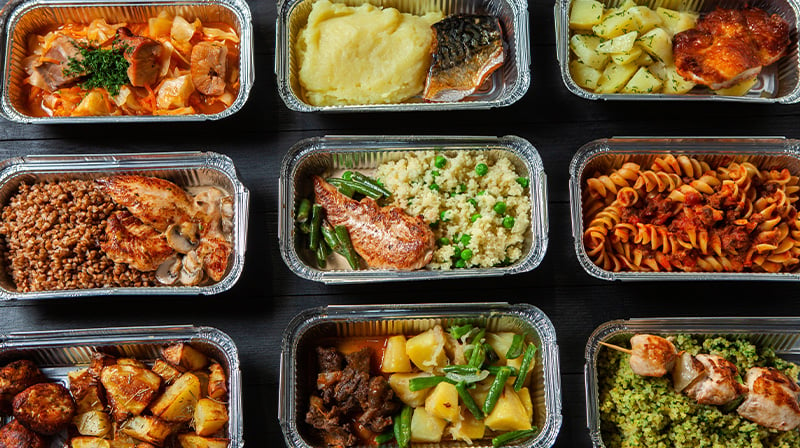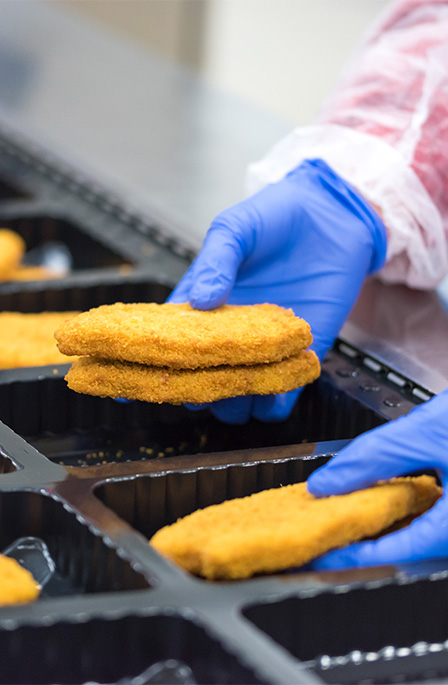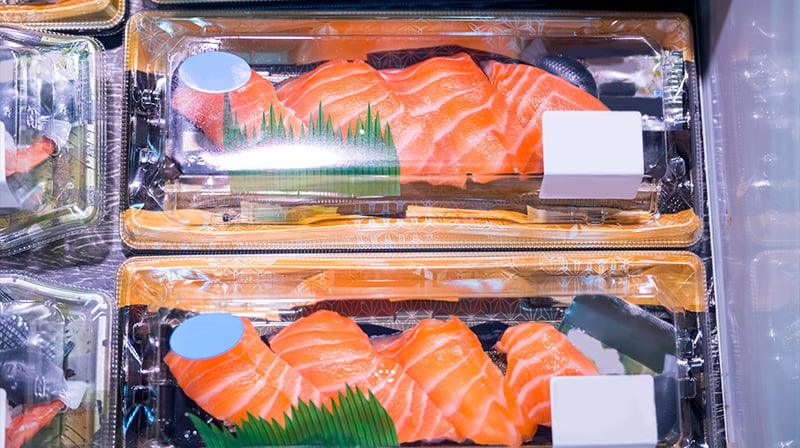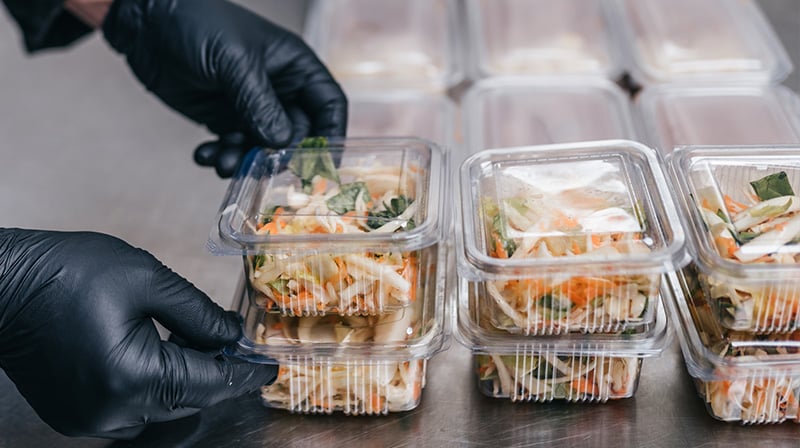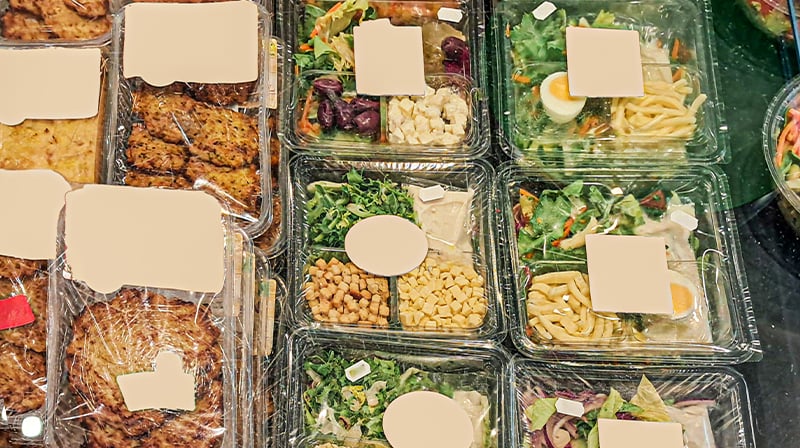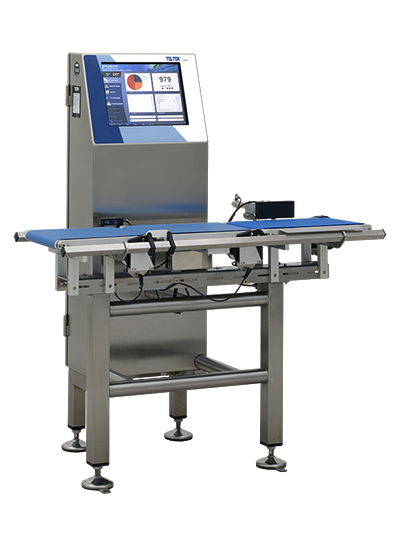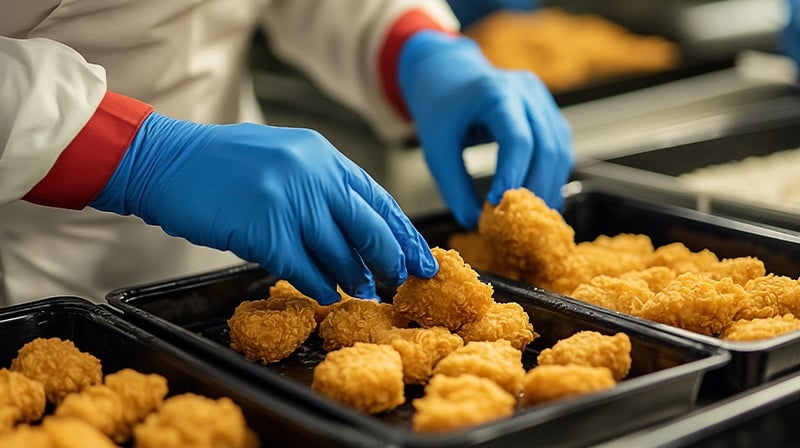Why is contaminant inspection so important for ready-to-eat food manufacturing?
Contaminant inspection of RTE meals ensures consumer safety, protects brand reputation, and maintains compliance with strict regulations. Ready-to-eat meals must meet HACCP, BRC, and IFS standards, where even one missed contaminant can lead to recalls, lost consumer trust, and financial loss. Robust inspection systems provide peace of mind that every package meets safety and quality requirements.
Read a case study underscoring the importance of contaminant inspection in the food industry.
What food and beverage regulations do CASSEL Inspection systems help meet?
CASSEL Inspection systems are designed to support compliance with HACCP, BRC, IFS, and 21 CFR guidelines. Integrated documentation, reporting tools, and audit-ready records simplify inspections and help you demonstrate compliance to regulatory bodies.
Review our blog to learn more: Overview of Global Food Safety Standards and Codes of Practice
Can X-ray inspection check if ready to eat meal trays are properly sealed?
Yes. CASSEL Inspection’s XD Series systems can perform tray seal detection to verify the sealing machine has fully closed trays. This feature helps identify issues like air bubbles, incomplete seals, or food trapped in the sealing area, which can shorten shelf life by allowing oxygen exchange. While not applicable for every ready meal product, tray seal detection provides valuable assurance for many packaged meals.
What types of contaminants can metal detectors find in ready meals?
Metal detectors can identify ferrous, non-ferrous, and stainless steel particles, down to minute fragments. Common sources include shards from mixers or cutters, metal shavings from bearings, loose nuts or bolts, glass fragments and certain dense rubber or plastic from machinery parts.
Learn more about metal detector capabilities.
How does product temperature or moisture affect metal detection?
Frozen and dry ready meal products typically produce less interference and are easier to inspect accurately. High moisture levels, variable temperatures, or elevated salt and sugar content can create “product effect” signals that make detection more challenging. CASSEL Inspection systems are engineered to minimize these effects and maintain sensitivity.
When should I use X-ray instead of metal detection?
X-ray inspection is ideal when products are packaged in foil trays, metallized films, or complex multi-compartment trays that interfere with metal detection. X-ray can detect a wide range of contaminants, including metal, glass, dense plastics, sealing gaskets, and rubber, regardless of product moisture, temperature, or density.
Can X-ray verify product completeness and compartment fill levels?
Yes. X-ray inspection can detect underfilled portions, missing items, or empty compartments in multi-tray RTE meals, ensuring product consistency and avoiding consumer dissatisfaction.
What are the benefits of checkweighers beyond weight verification?
Checkweighers do more than confirm correct package weight. They can identify missing components, such as a forgotten side dish or topping, detect incorrect portion sizes, and flag upstream filling issues before products reach consumers.
Learn more about the benefits of checkweighers in food and beverage inspection applications.
Can I combine inspection technologies in one system?
Yes. CASSEL Inspection offers combination units, such as Metal Detector + Checkweigher, Metal Detector + X-ray or all three together with connected controls, communications, and reporting. Combination inspection solutions save space, streamline operations, and cover a wider range of contaminants and quality checks.
Learn more about combination systems and see how one facility successfully integrated a multi-inspection system.
Which combination of contaminant inspection systems is best for my facility?
The right combination depends on your packaging type, available space, production speed, and specific RTE contamination risks. CASSEL Inspection’s experts work with you to evaluate your products and processes, then recommend the most effective configuration for your operation.
Take the first step! Try our free product selector tool, which will provide you with a list of products to meet your unique needs based on your industry, application, and requirements.
Does CASSEL Inspection offer support and training for RTE food facilities?
Yes. CASSEL Inspection provides service and applications support, hands-on training, and remote diagnostics to keep your systems running at peak performance.

